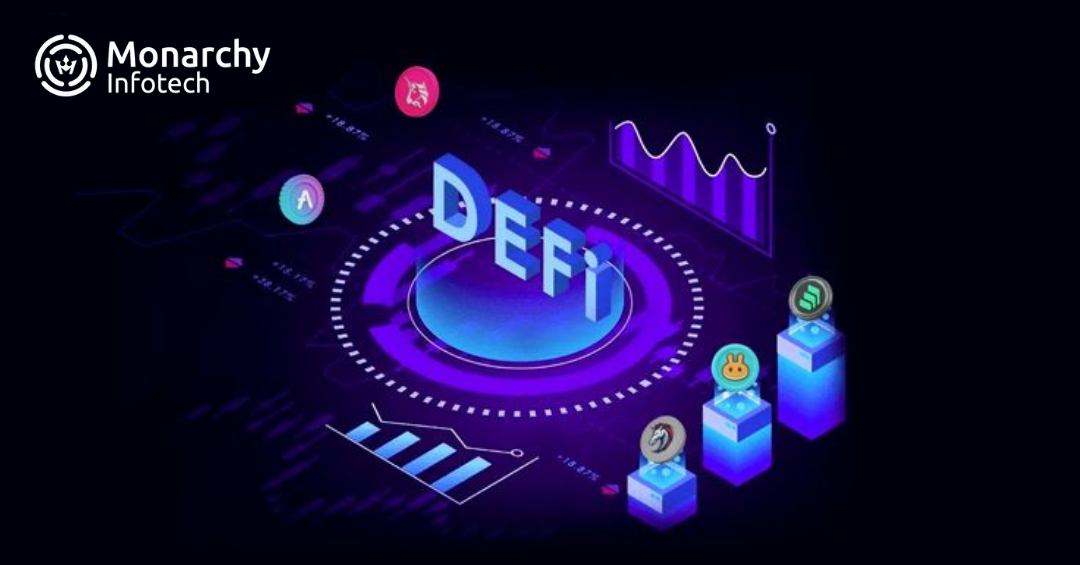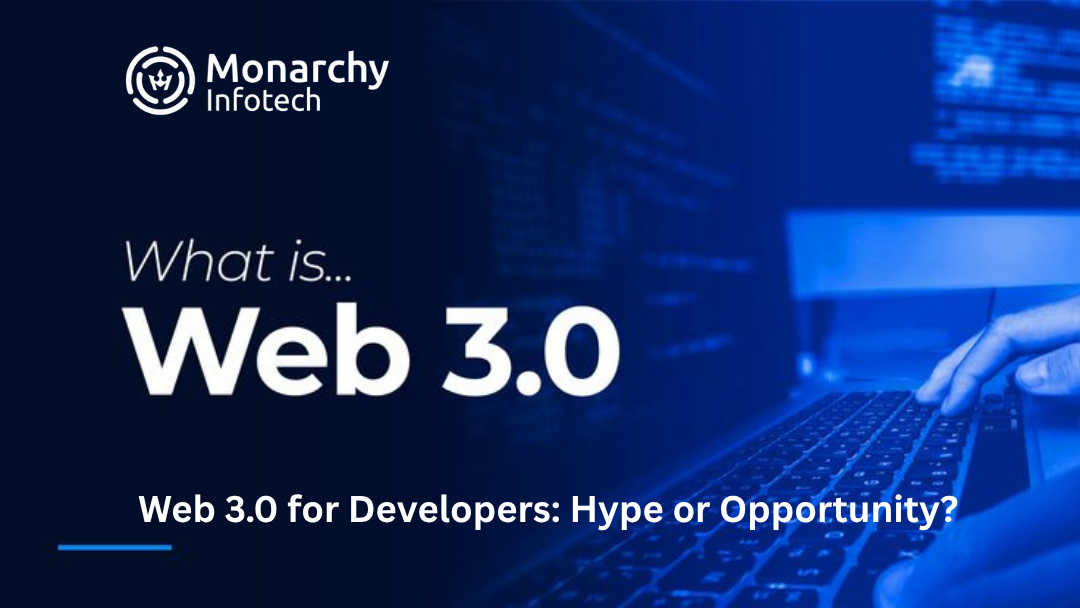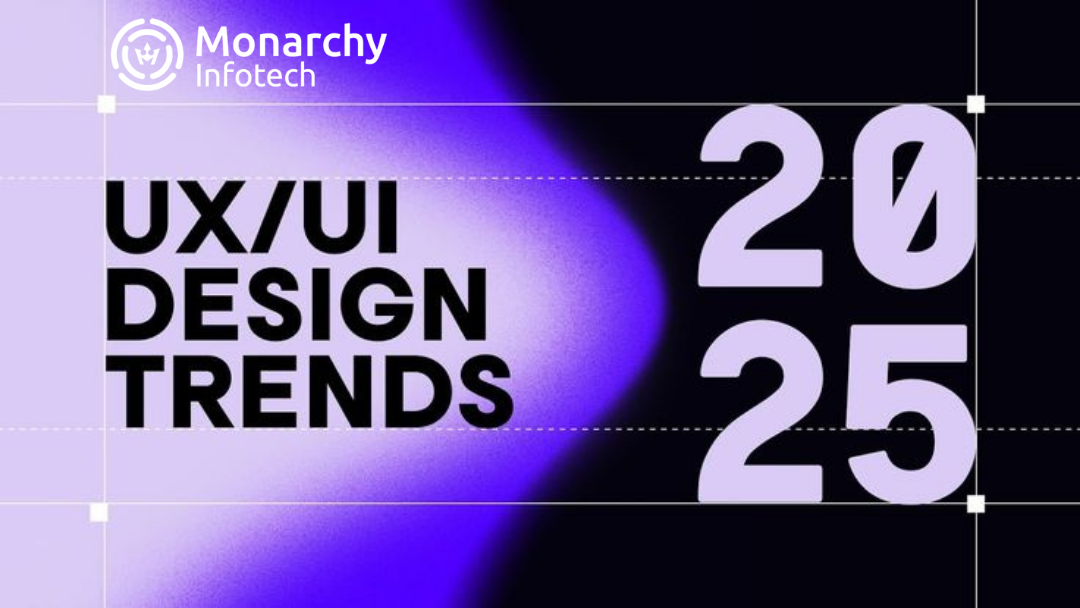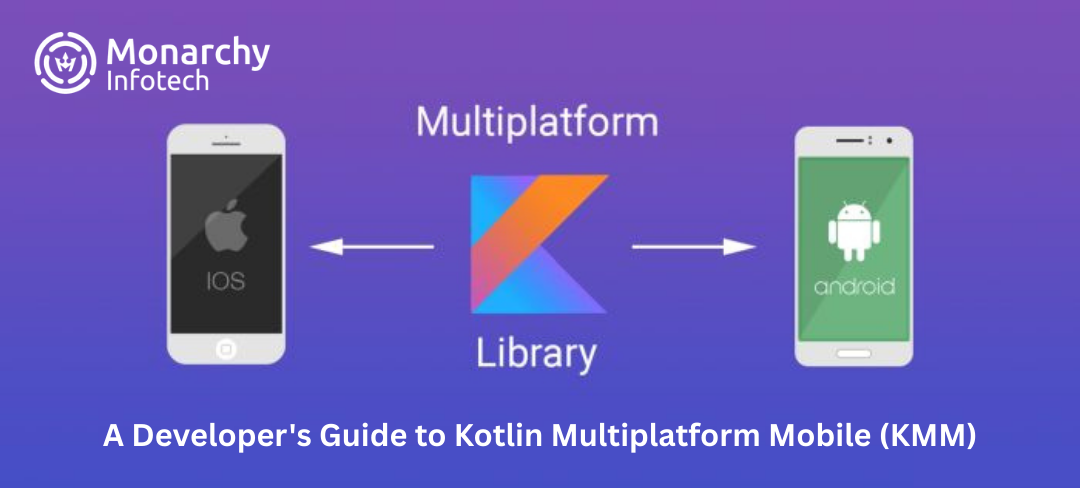Find the best DeFi platforms in 2025 with the best staking returns. This guide makes staking easy to understand, emphasizes possible gains, and illustrates the most important risks any investor needs to be aware of. Whether you're new or experienced at using crypto, gain the clarity you need to stake wisely and remain secure in the changing DeFi world.

Top DeFi Platforms of 2025: Staking Simplified, Risks Translated
Top DeFi Platforms of 2025: Staking Made Easy, Risks Explained
Introduction
Decentralized Finance (DeFi) is changing the financial landscape in 2025, with staking as a mainstream means for crypto holders to gain passive income. But there's a price to pay for rewards. This guide explains the best DeFi platforms, makes staking easy to understand, and explains what you should be aware of.
What Is DeFi Staking?
DeFi staking is a process of locking up your cryptocurrency assets in a smart contract to help facilitate blockchain network operation—such as authenticating transactions—in return for rewards, typically dispensed in cryptocurrency tokens.
Main Advantages:
- Passive earning of cryptocurrencies
- Possible compounding of rewards
- Contribution to securing networks
Popular Staking Models:
- Proof of Stake (POS): Validators are selected by the amount of staked.
- Liquidity Staking: Reward paid for sharing tokens with liquidity pools.
Best DeFi Staking Platforms of 2025
1. Lido Finance
- Network Support: Ethereum, Solana, Polygon
- Why It's Top: Provides liquid staking, so users get Steth (or equivalents) to spend elsewhere and get staking rewards.
- APY Range: ~3–5%
- Risks: Smart contract vulnerabilities, reliance on validator performant
2. Rocket Pool
- Network Support: Ethereum
- Why It's Top: Decentralized ETH staking protocol, best suited for non-custodial staking.
- APY Range: ~3–4%
- Risks: Network-specific risks, ETH price volatility
3. Binance DeFi Staking
- Network Support: Multiple chains
- Why It's Top: Easy to use, good for new users with lots of staking options.
- APY Range: Extremely variable by token
- Risks: Centralized platform risk, custody issues
4. Convex Finance
- Network Support: Ethereum (Curve ecosystem)
- Why It's Top: Boosts yield farming on Curve with maximized returns.
- APY Range: 20%+ on select pools
- Risks: Involuted mechanics, smart contract exploits
5. Stader Labs
- Network Support: Multichain (ETH, BNB, Hedera, etc.)
- Why It's Top: Modular staking infrastructure, designed for institutions and retail users.
- APY Range: 4–8%
- Risks: Relatively new protocols, developing track record
Key Risks in DeFi Staking (Translated for Everyone)
1. Smart Contract Risk
Bugs or exploits within the underlying code can result in loss of funds. Keep to audited, highly reviewed platforms.
2. Market Volatility
Even when you're receiving 10% APY, a 30% decrease in the price of tokens can erase gains. Always include token price risks.
3. Slashing
Certain networks sanction validators for misbehavior. If your staked funds are associated with them, you may lose some stake.
4. Lock-Up Periods
Staking isn't always liquid. Some providers ask you to lock up funds for weeks or months, restricting your liquidity.
5. Centralization
Some, such as Binance, have simple staking but are custodial, i.e., they control your keys, not you.
Safe and Smart Staking Tips
- DYOR (Do Your Own Research): Learn the protocol, not only the APY.
- Diversify: Don't stake all in one place or token.
- Use Hardware Wallets: For increased security when dealing with DeFi platforms.
- Monitor Protocol Updates: Keep up to date with governance tweaks and updates.
Conclusion





